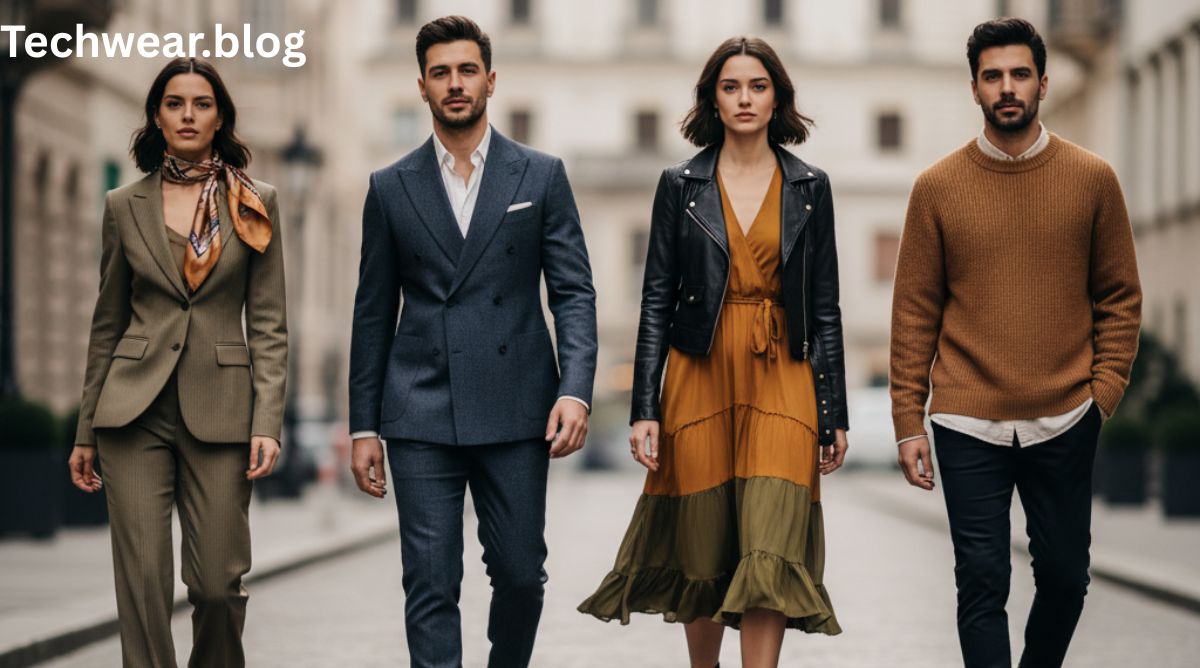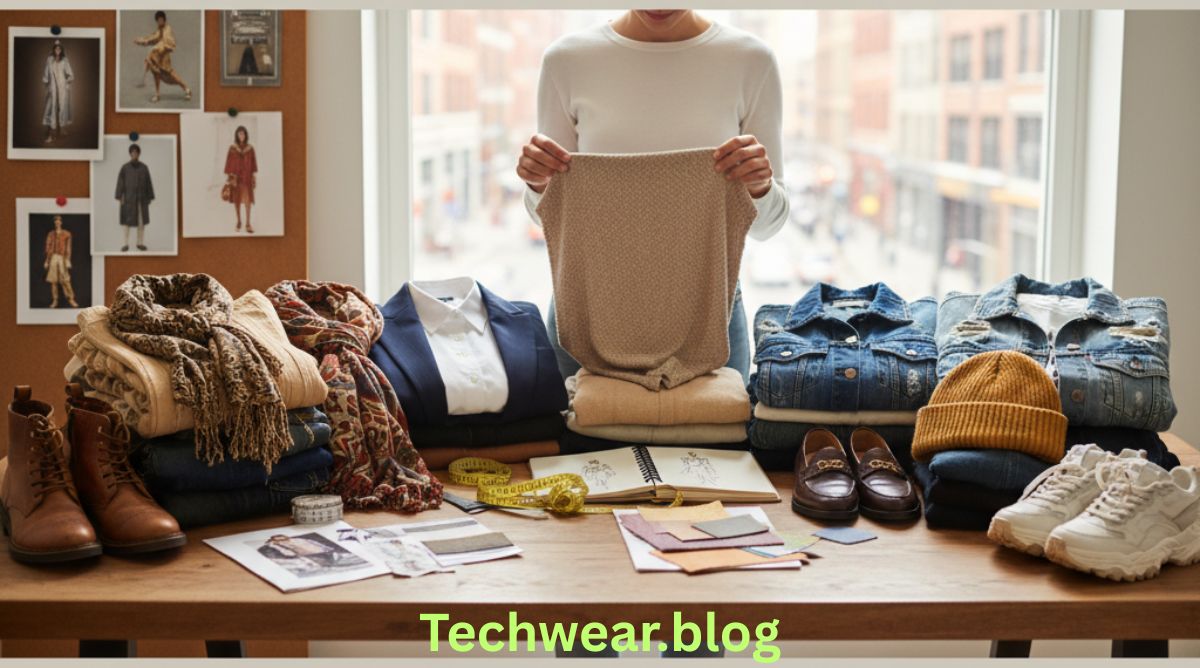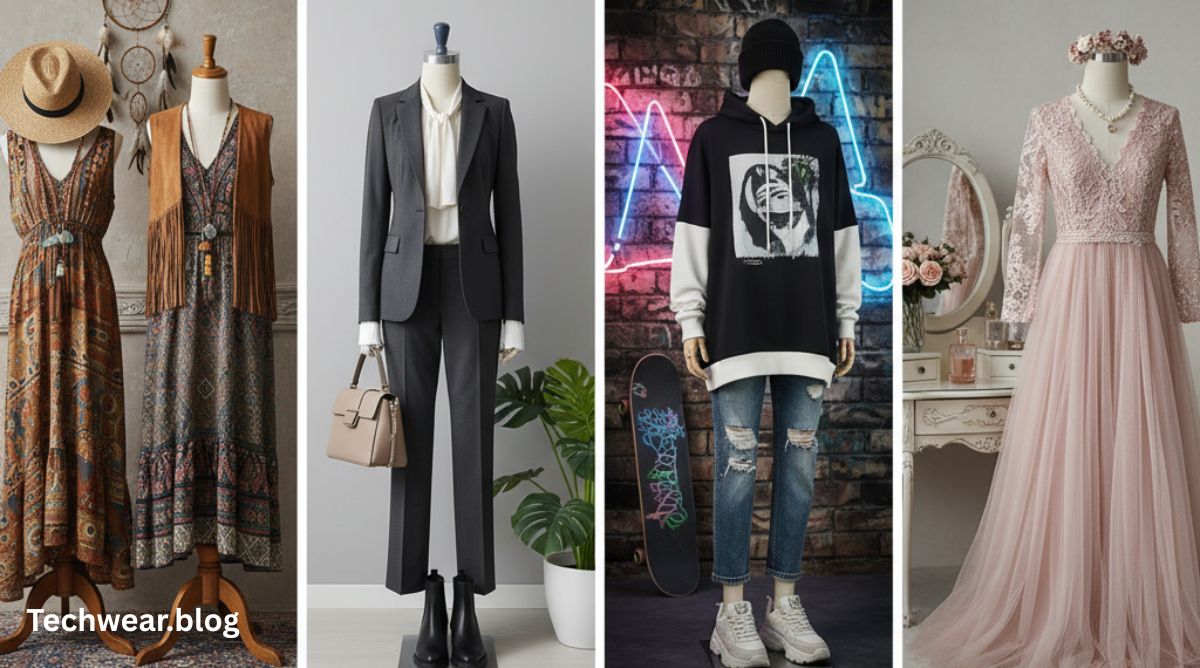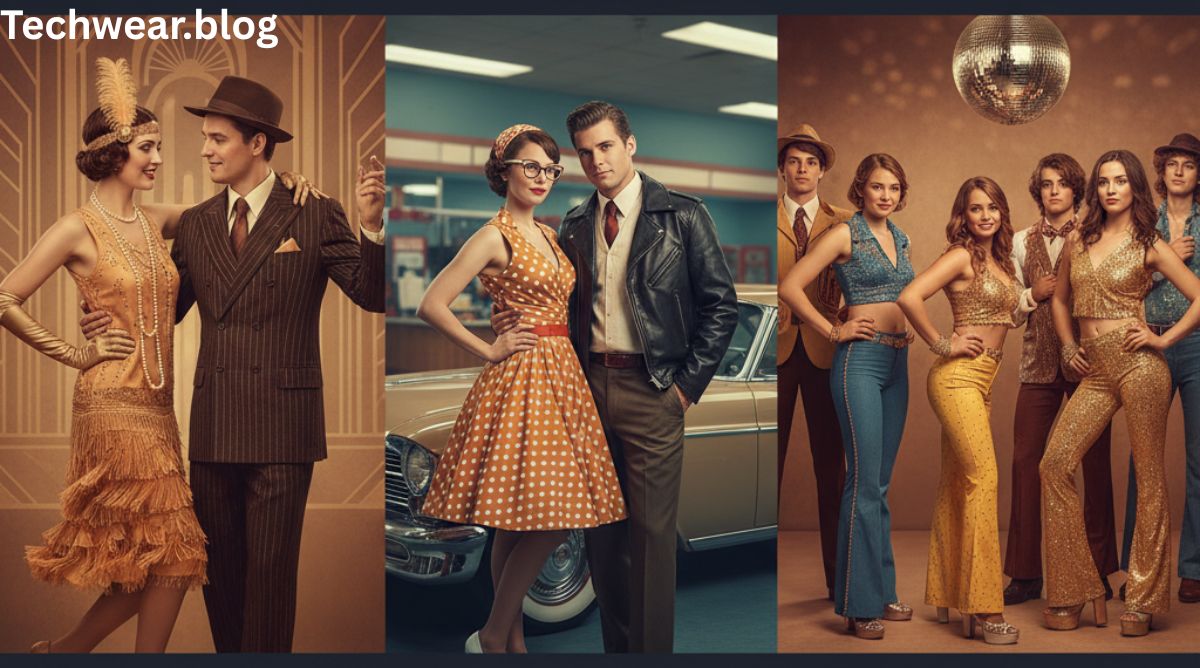Fashion is more than just clothing—it’s a reflection of identity, confidence, and creativity. Understanding how to wear style clothes is about mastering the art of dressing with intention and personality. Whether you prefer minimalism, streetwear, vintage, or luxury, learning how to style outfits correctly can elevate your overall look and presence.
Before we begin, if you want to explore more about the concept of fashion, you can check its detailed explanation on Wikipedia.
Understanding Personal Style
Your personal style is what makes your fashion choices unique. It’s a blend of your personality, lifestyle, and inspirations. To wear style clothes confidently, you must first identify what resonates with you. Are you drawn to classic silhouettes or bold, trendy pieces?
Start by observing what you naturally gravitate toward when shopping or dressing up. Do you love neutral tones or vibrant colors? Are you inspired by celebrities, vintage icons, or minimalist influencers? These preferences reveal your core fashion style.
Some common personal styles include:
- Casual: Comfortable yet chic, focusing on jeans, t-shirts, and sneakers.
- Classic: Timeless pieces like blazers, trousers, and button-down shirts.
- Streetwear: Bold prints, oversized fits, and sneakers.
- Bohemian: Flowy dresses, earthy tones, and natural fabrics.
- Minimalist: Simple, structured clothing with a neutral color palette.
Building a Capsule Wardrobe
Before learning how to wear style clothes, you need a foundation—a capsule wardrobe. This includes versatile pieces that can be mixed and matched easily.
A capsule wardrobe might include:
- A crisp white shirt
- A pair of jeans that fit perfectly
- A tailored blazer
- A neutral sweater
- Black trousers
- A classic coat
- Basic t-shirts
- Comfortable sneakers or loafers
These essentials form the base of your style. You can then add statement pieces—like a patterned scarf, bold handbag, or trendy jacket—to express your individuality.
Choosing the Right Fit
Fit is everything in fashion. Even the most expensive outfit can look unflattering if it doesn’t fit properly. When you wear style clothes, always prioritize fit over trend.
- Tops: Should sit comfortably on your shoulders and not pull across your chest.
- Bottoms: Waistbands should fit snugly without digging in; pants should not bunch up excessively at the ankles.
- Blazers and Jackets: Ensure they contour your frame without restricting movement.
If you love fashion, consider visiting a tailor. A small alteration can transform a decent outfit into a perfect one.
Balancing Colors and Textures
Color coordination plays a vital role in how your outfit appears. Stick to a consistent palette that matches your skin tone and personal style. For example, earthy colors like beige, olive, and brown create a natural, effortless look. Meanwhile, monochrome outfits in black or white appear sleek and sophisticated.
Textures—like leather, denim, silk, or wool—add dimension to your outfit. When you combine different materials, it gives depth to your appearance. A wool coat over a silk blouse and jeans, for instance, blends softness and structure beautifully.
Accessorizing with Purpose
Accessories are the secret to wearing style clothes like a pro. They can elevate a simple outfit into something eye-catching.
- Jewelry: Minimal gold or silver pieces work for everyday wear.
- Bags: A structured handbag or crossbody can balance your outfit.
- Shoes: Choose footwear that complements your look—sneakers for casual fits, heels for formal attire, boots for edgy ensembles.
- Belts and Hats: Small details like these can define your waist or add flair.
Remember, less is often more. Over-accessorizing can overwhelm your outfit.
Dressing for the Occasion
Knowing how to wear style clothes means understanding context. You wouldn’t wear ripped jeans to a business meeting or a blazer to the beach. Dressing appropriately shows respect and awareness.
- Workwear: Go for blazers, trousers, and subtle colors.
- Casual Outings: Jeans, t-shirts, or sundresses work perfectly.
- Formal Events: Opt for elegant dresses, suits, or evening gowns.
- Travel: Choose comfort—athleisure or smart-casual layers.
Incorporating Trends Without Losing Yourself
Fashion trends come and go, but style is timeless. You don’t need to follow every new trend to be fashionable. Instead, pick one or two seasonal elements and mix them with your wardrobe staples.
For instance, if oversized blazers are trending, pair one with your favorite jeans. If neon colors are in, try a bright accessory instead of a full outfit. This approach keeps your look fresh without compromising your individuality.
Confidence: The Ultimate Style Element
No matter what you wear, confidence makes it look better. Style isn’t just about clothes—it’s about how you carry yourself. Walk tall, smile, and wear your outfit proudly. When you feel good in what you’re wearing, it shows.
Confidence also allows you to experiment. Maybe you’ve never tried leather pants or a bold print before—give it a chance. Fashion is meant to be fun, expressive, and liberating.
Sustainable Style Choices
In modern fashion, sustainability is becoming essential. Wearing style clothes responsibly means choosing quality over quantity. Opt for timeless pieces that last, support ethical brands, and consider second-hand or thrift options.
By choosing sustainability, you not only create a more intentional wardrobe but also contribute to a healthier planet.
Maintaining Your Wardrobe
Taking care of your clothes ensures longevity and consistent style.
- Store garments in breathable spaces.
- Wash delicate fabrics carefully.
- Iron or steam clothes for a polished look.
- Mend or repurpose old items instead of discarding them.
A well-maintained wardrobe reflects organization and attention to detail—two hallmarks of true style.
Conclusion
Learning how to wear style clothes is a journey of self-expression. It’s about discovering what makes you feel confident, curating a wardrobe that works for your lifestyle, and mastering the art of balance between comfort and aesthetics.
From understanding fit and colors to choosing sustainable fashion and dressing with confidence, each aspect contributes to your overall image. Remember, style isn’t about copying others—it’s about embracing who you are and letting your clothes tell your story.
By following these principles, you’ll not only look stylish but also feel empowered every time you step out the door.
Wikipedia Source: Fashion – Wikipedia










